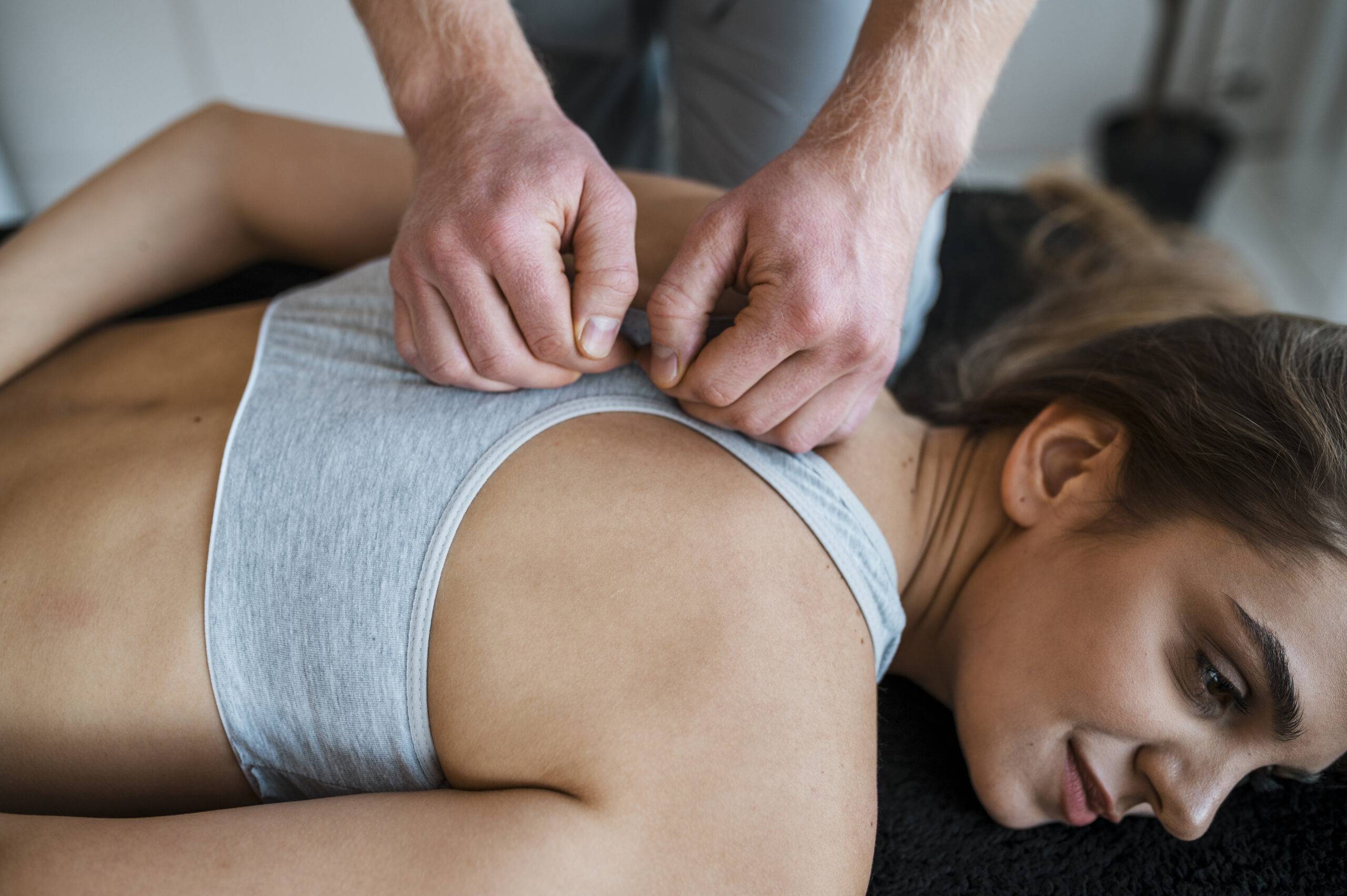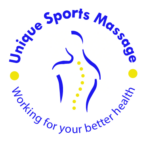Graston Technique

Graston Therapy Technique, also known as Instrument-Assisted Soft Tissue Mobilization (IASTM), is a treatment method that uses stainless steel tools to diagnose and treat soft tissue injuries. Incorporating Graston Therapy with Sports Massage can help improve overall muscle and joint mobility, alleviate pain, and increase tissue healing. However, it is essential to keep in mind that soreness and bruising can be possible after-effects of Graston Therapy.
Graston Therapy Technique
Graston Therapy is a soft-tissue therapy technique that uses specialized stainless steel instruments to identify and treat restrictions and scars in muscles, fascia, tendons, ligaments, and nerves. As a treatment technique, it has gained immense popularity and success within the sports medicine and rehabilitation sector.
Sports massage, on the other hand, is a manual therapy technique that includes passive and active movement of muscles and joints, to stimulate relaxation, stretch and manipulate muscles and connective tissues, which helps in improved flexibility, and reduced pain.
Benefits of incorporating Graston with Sports Massage
When incorporating Graston Therapy Technique with Sports Massage, one can achieve better outcomes than an individual therapy session. Here are some of the benefits of the treatment:
- Increased Blood Circulation: The combination of Graston and sports massage can lead to an impact on the blood circulation of the patient. This results in increased circulation, delivering oxygen and nutrients to the affected site, stimulates recovery and healing processes, which enhance the overall treatment outcomes.
- Promotes Muscle Flexibility: Graston Therapy breaks up adhesions, scar tissues, and knots in muscles that limit their range of motion. Sports massage can stretch the muscle fibers and restore them to their original length, promoting muscle flexibility and reducing the risk of injury.
- Reduced Muscle and Joint Pain: Combining Graston Therapy and Sports Massage proves to be an effective technique to alleviate fascial and muscle pain, quite commonly seen in athletes. When using Graston technique, the stainless steel tool works to target deep tissue adhesions, while sports massage protocols can help with soreness, stiffness and inflammation.
Soreness and Bruising- After-Effects
While incorporating Graston Therapy Technique with Sports Massage provides numerous benefits, patients can experience some possible after-effects, such as soreness and bruising.
Graston Therapy can cause micro-traumas to the tissues, resulting in mild inflammation, allowing the healing process to begin. The tissue trauma can cause soreness and slight bruising. The degree of soreness is personal and subjective, and can vary from person to person.
Bruising or discoloration of the treatment area occurs quite rarely but can occur, depending on the force applied during treatment, skin type or the location of the performing technique.
The soreness and bruising are typically short-term effects and do not require any additional medical attention. Patients can utilize pain management techniques such as using ice, or rest to manage their post-treatment symptoms.
Conclusion
The combination of Graston Therapy Technique with Sports Massage improves overall soft-tissue treatment outcomes, promoting increased circulation, reduced pain, and improved flexibility. However, patients must be well informed about the possible after-effects of soreness and bruising. Despite the rare occurrence of bruises, each patient’s sensitivity varies; it’s best to communicate all your symptoms with your therapist. Ensure that you are working with an experienced therapist who can conduct these treatment techniques safely and effectively to achieve desired treatment goals while minimizing any discomfort.
“My pain was quickly understood and I feel 5x better than I did before. Will be seeing him again 100%! Highly recommended for anyone wanting a deep tissue massage to release knots. Seeing a good physio is definitely going to help with people that are always at a desk or stressed!”
